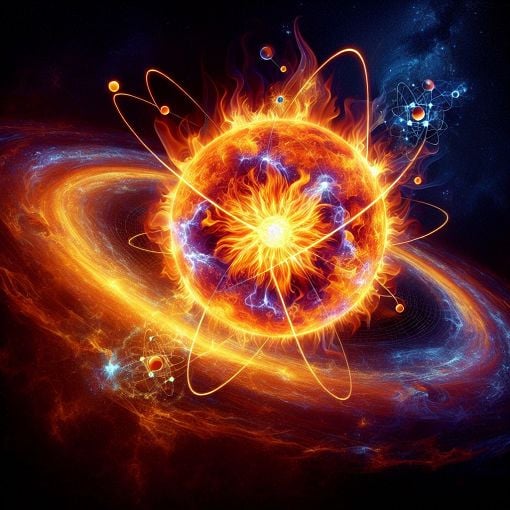The Sun and Nuclear Fusion/Fission
{"name":"The Sun and Nuclear Fusion\/Fission", "url":"https://www.quiz-maker.com/QPREVIEW","txt":"Test your understanding of nuclear fusion, the sun, and the intricate processes that fuel our universe. This quiz covers a range of topics related to the source of the sun's energy and its impact on the cosmos.Understand fundamental concepts of nuclear fusion and fission.Identify key characteristics and phenomena associated with the sun.Deepen your scientific knowledge and appreciation for stellar processes.","img":"https://cdn.poll-maker.com/104-5107149/img-uti8bxoe84tis1kfqlqcepzj.jpg"}
More Quizzes
Earth's Magnetic Field
5276
Earth-Moon System
191030
P4. Group 7.
420
Area availability
210
Free Medicare Knowledge Assessment
201028358
Free Distribution Natural Resources Answer Key
201022361
How Well Do You Know Harry Potter? Take the Ultimate
201056918
Free Medicare Advantage Plan Training
201021573
Free CCNA Final Test
201021725
CIS Root: Test Your 'Cut' Word Skills & Ace English
201035859
Test Your A Lesson Before Dying Characters Knowledge -
201030656
Devil Fruit: Test Your One Piece Knowledge Now
201027495
